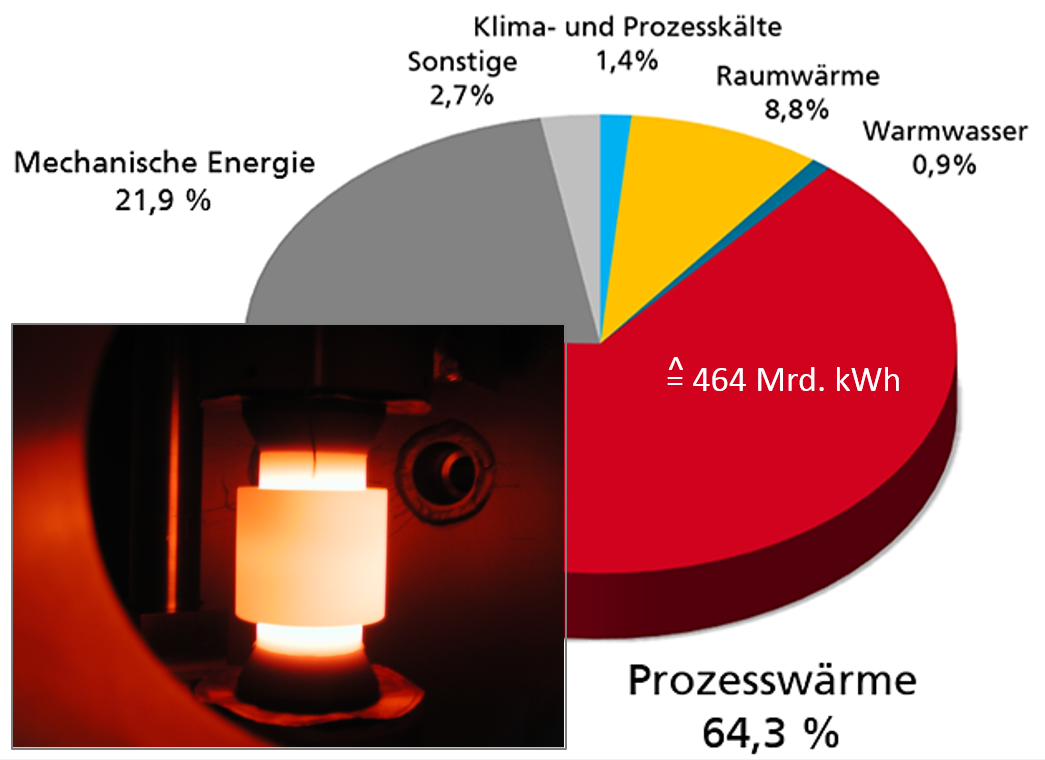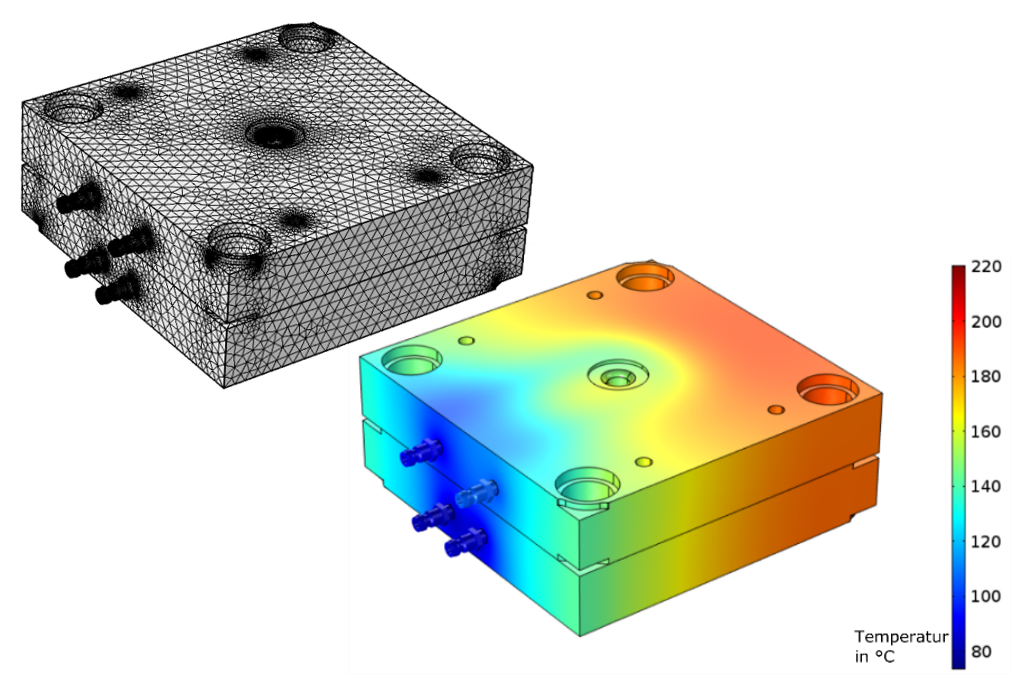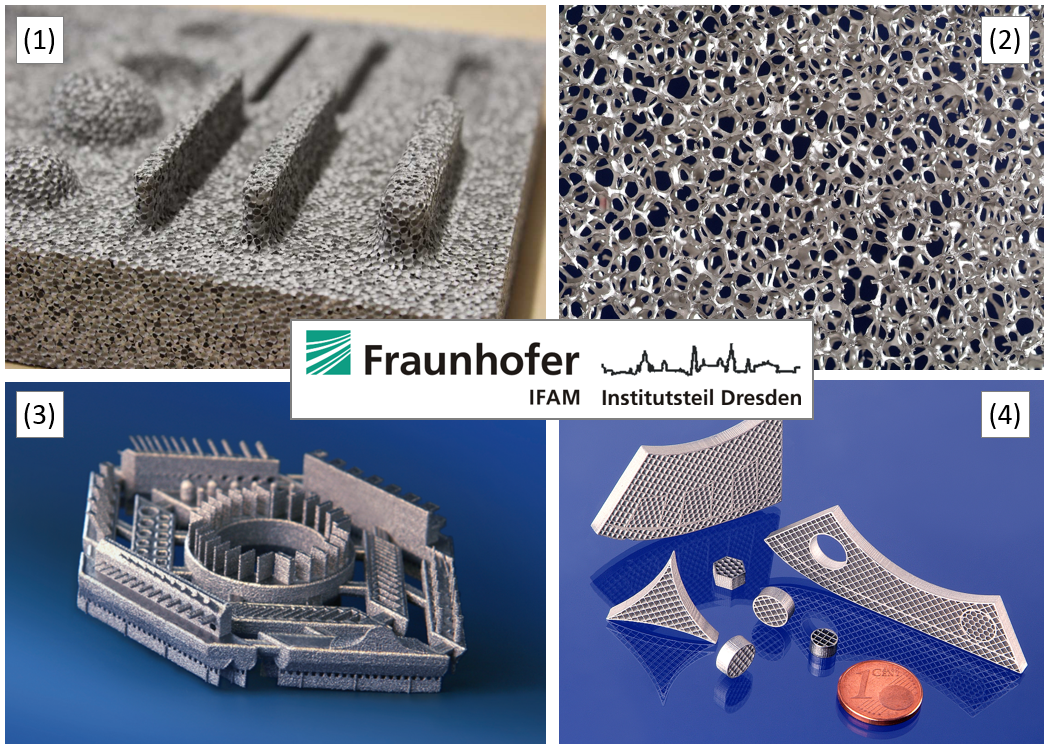Motivation and Business Activities

In the German industry, almost two thirds of the final energy used consists of process heat - i.e. heat mostly at temperatures above 100 °C - a large part of it is used for the temperature control of tools for thermal shaping (remodelling). In many cases, tools with a large "thermal mass" must be heated and cooled cyclically with enormous energy input.
The principle of close contour tool temperature control reduces the thermally cycled tool mass to the contact area with the original or formed workpiece. In order to achieve this, heating elements and/or temperature control channels are required in this area. This allows
• a significant saving of heat when heating up the mould,
• a significant reduction in cycle times and thus a reduction in costs and
• the optimization of the temperature field on the workpiece surface (variothermal tempering) for a maximum of production quality.
In this context, we offer you
• the energetic analysis of temperature control processes or the development of innovative temperature control concepts,
• the performance of thermo-technical simulations for process optimization and process design,
• the strong combination of materials science and production engineering know-how.
 Fraunhofer Institute for Manufacturing Technology and Advanced Materials IFAM
Fraunhofer Institute for Manufacturing Technology and Advanced Materials IFAM
